I’ve read recipes of other fruit scraps turning out great results, like pineapple, but we haven’t made it quite that far. This is the perfect season to stock up on apple scrap vinegar and use up any fruit pieces before they make it to compost. All you need is a big jar, something to cover it with, apples, and a little sugar to start. We added used lemon rinds to this version for an extra citrus kick!
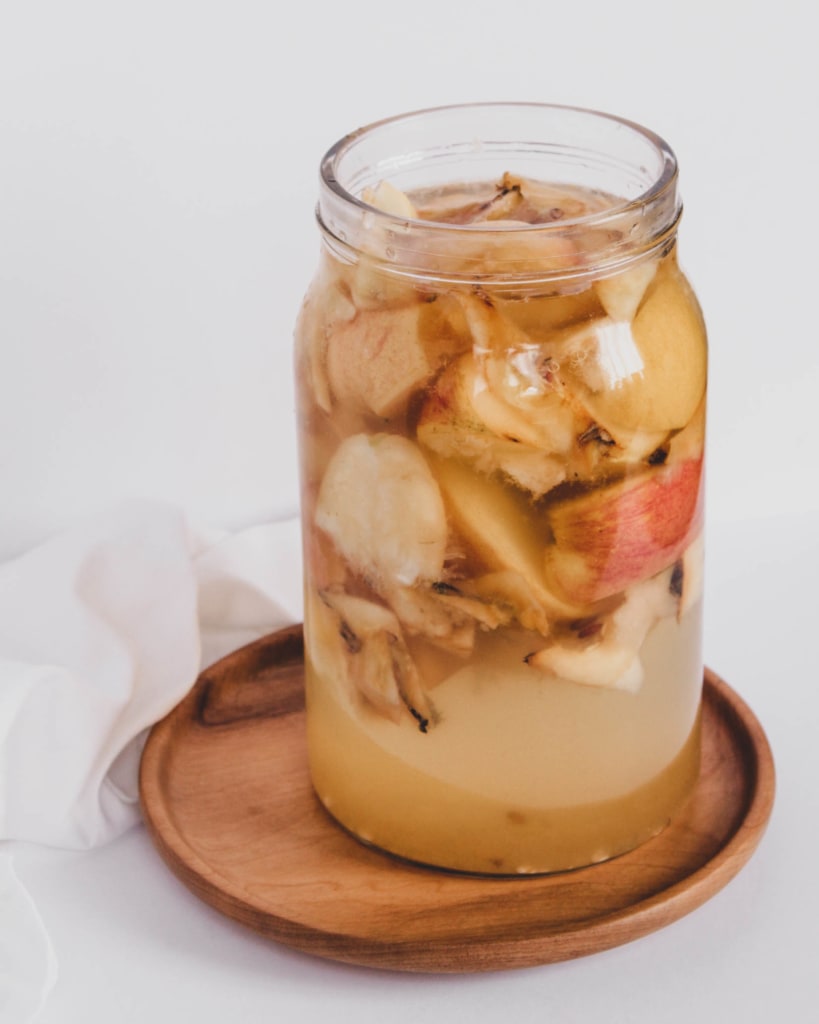
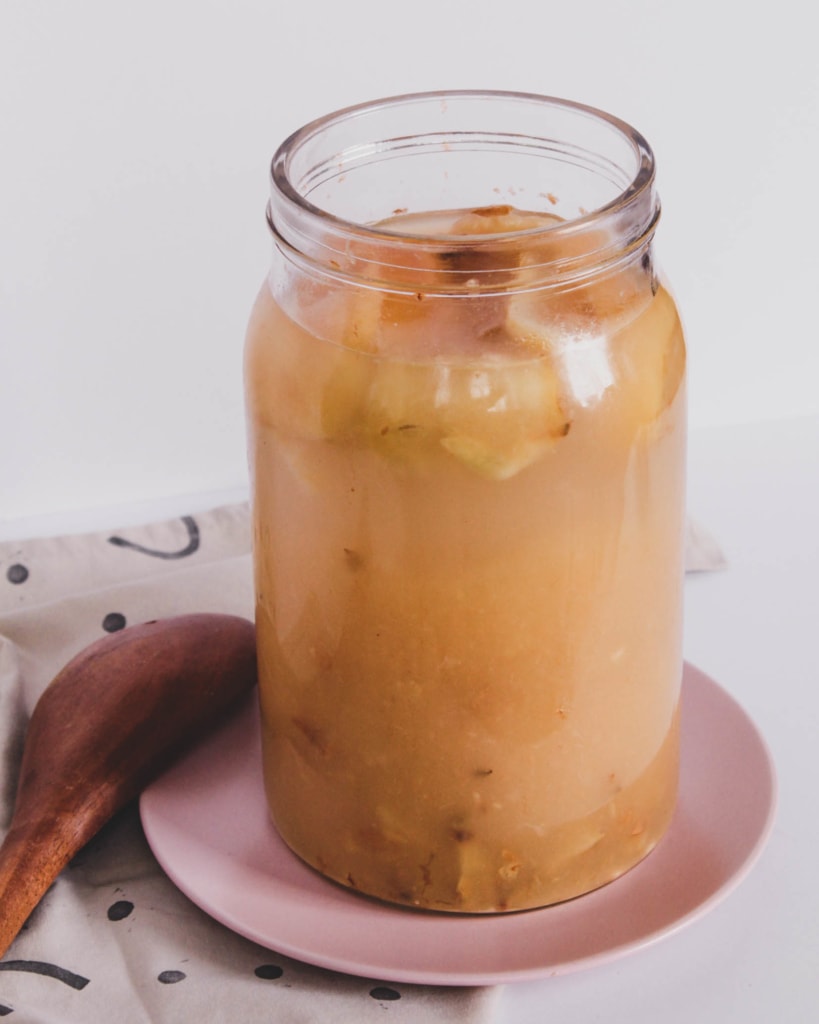
Have you ever made your own vinegar?
Let me know if you give this a try! #closedloopcooking
Stay hungry,
Hawnuh Lee
Closed Loop Cooking

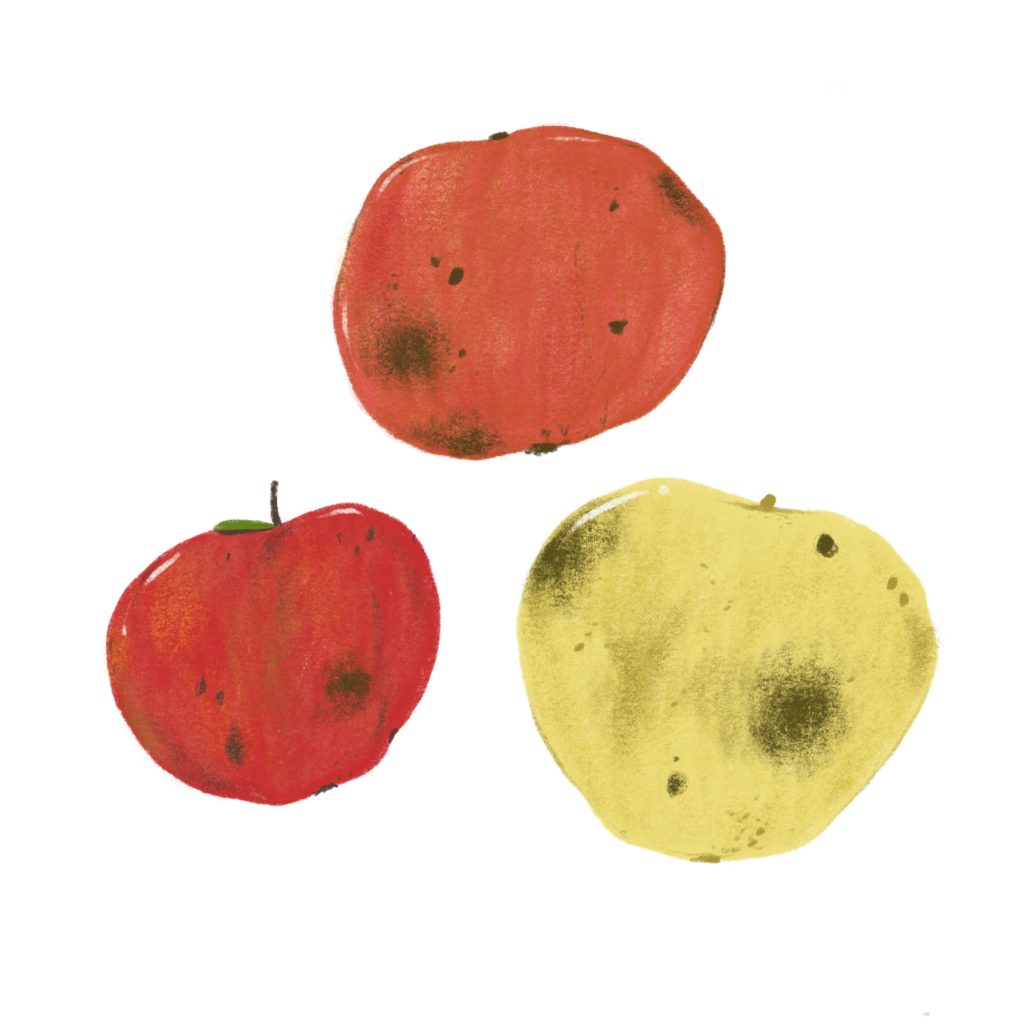
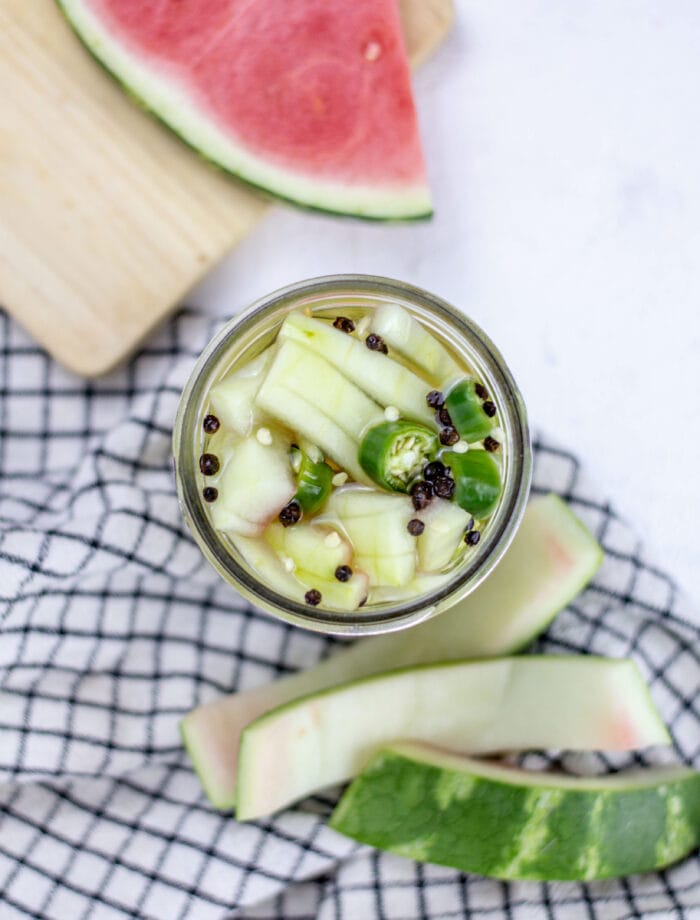


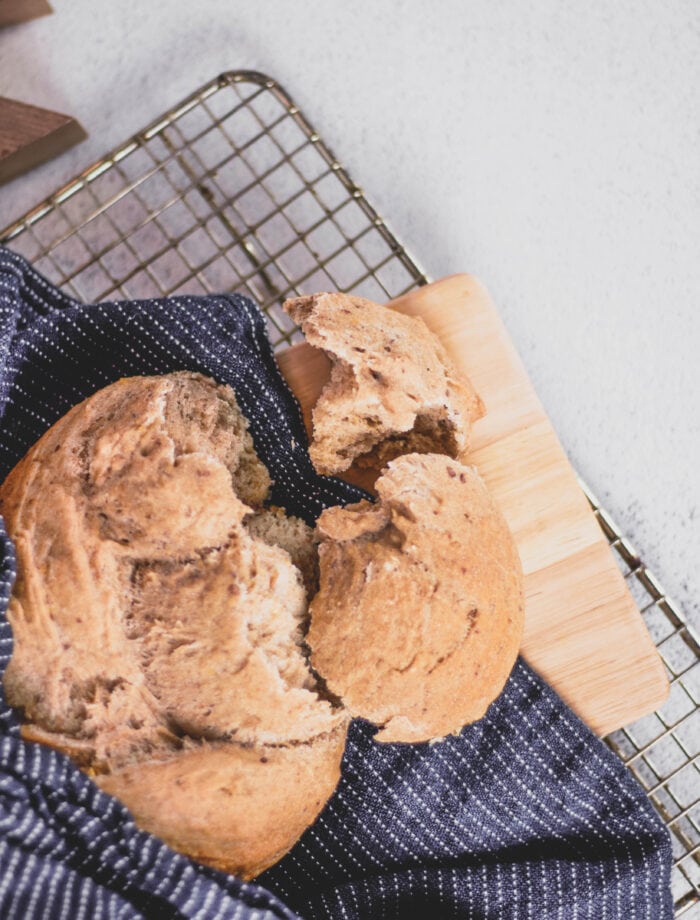
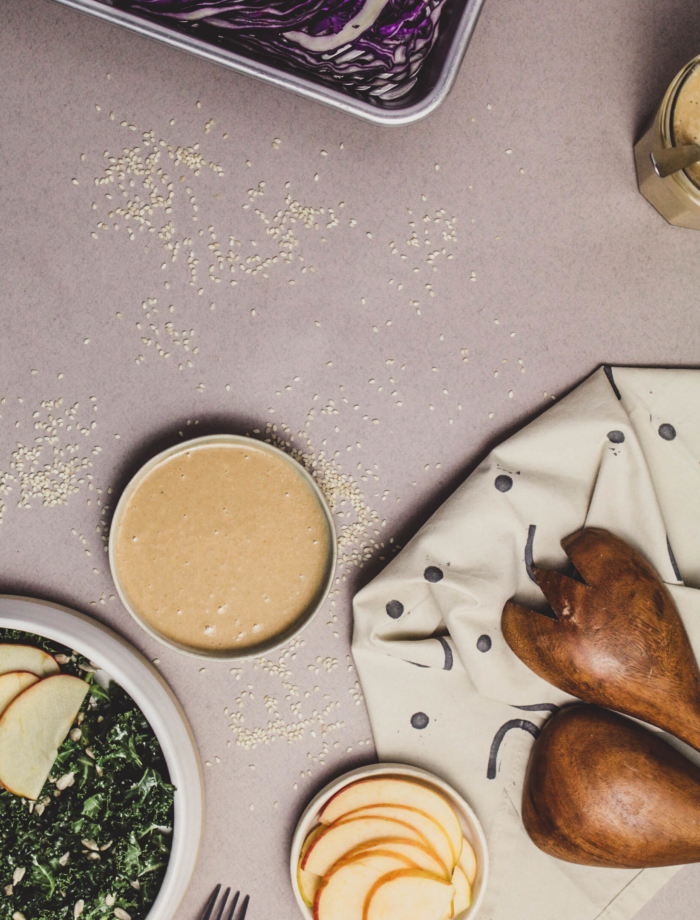
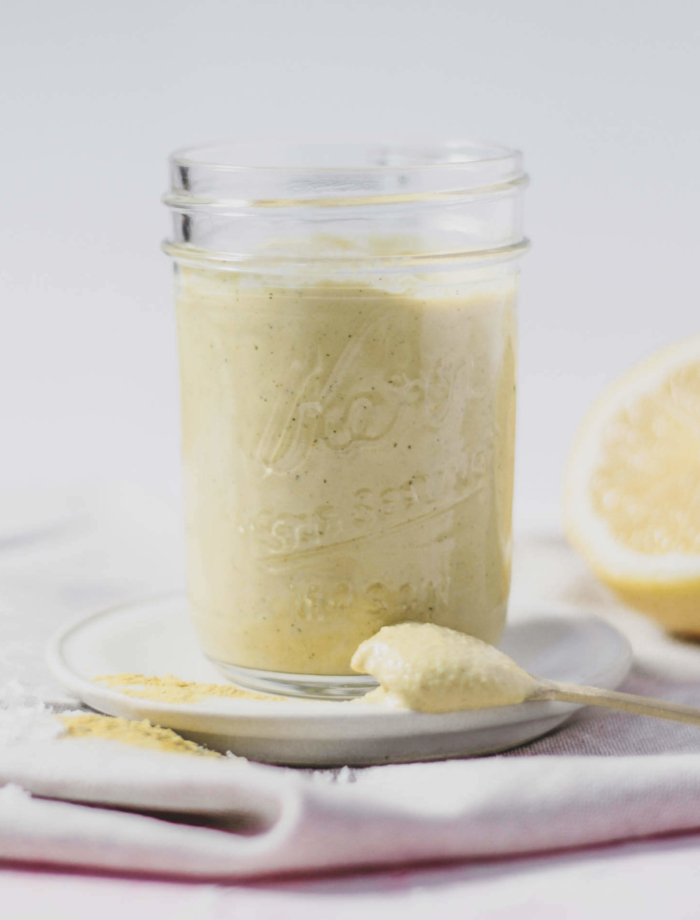
I had no idea making your own vinegar was that easy, Neat!
Super easy! It’s a great beginner fermentation project 😀
This is so cool! I never thought about making vinegar at home! Your illustrations are amazing too!
Thank you thank you!! It was a game changer!
Sad apples become happy apples in vinegar!!! I love apple cider vinegar, too (remind me to share a recipe for non-mayo coleslaw that uses ACV) but have never made my own. I wish I had this recipe back when I had like 4 apple trees in my backyard!
Oooh amazing that you had an apple tree! It’s perfect for using up extras 🙂 And yes, I’d love that recipe!!